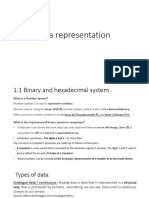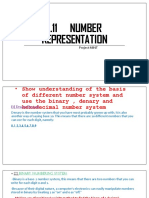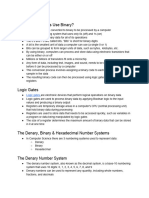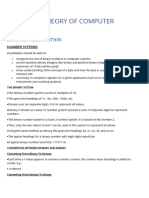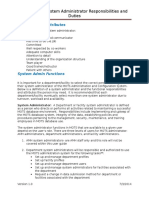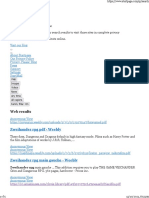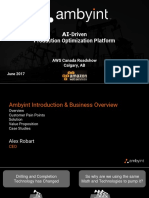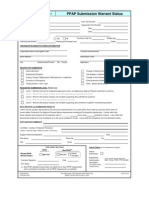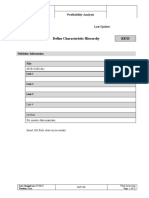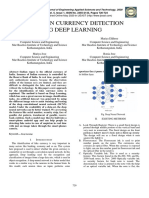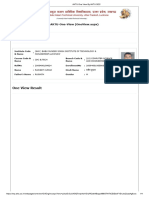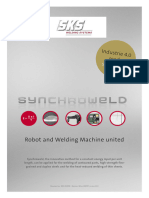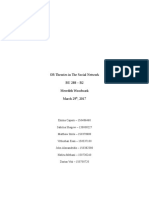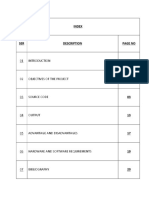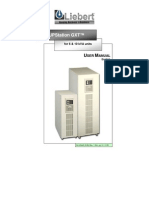0% found this document useful (0 votes)
17 views3 pagesData Representation
The document provides an overview of different number systems including binary, denary, and hexadecimal, along with methods for converting between them. It also discusses character encoding systems like ASCII and Unicode, highlighting their differences and applications. Additionally, it covers binary calculations, logical shifts, and the two's complement method for representing negative numbers.
Uploaded by
dr.munyaradziCopyright
© © All Rights Reserved
We take content rights seriously. If you suspect this is your content, claim it here.
Available Formats
Download as DOCX, PDF, TXT or read online on Scribd
0% found this document useful (0 votes)
17 views3 pagesData Representation
The document provides an overview of different number systems including binary, denary, and hexadecimal, along with methods for converting between them. It also discusses character encoding systems like ASCII and Unicode, highlighting their differences and applications. Additionally, it covers binary calculations, logical shifts, and the two's complement method for representing negative numbers.
Uploaded by
dr.munyaradziCopyright
© © All Rights Reserved
We take content rights seriously. If you suspect this is your content, claim it here.
Available Formats
Download as DOCX, PDF, TXT or read online on Scribd
/ 3



